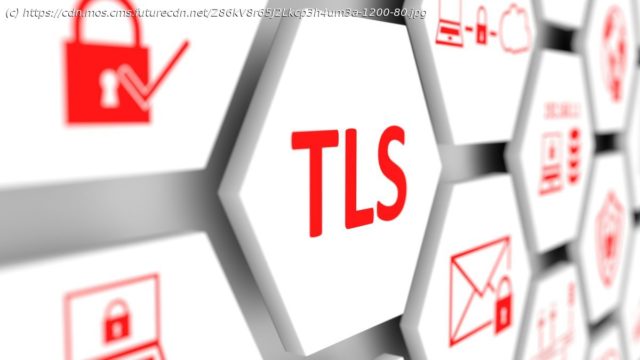TLS can be used to secure communications between clients and servers, as well as peers in a mesh network.
TLS (Transport Layer Security) is a security protocol that is used to establish encrypted links between a web server and a browser in order to protect the data exchanged between them.
TLS is the successor of SSL (opens in new tab) (Secure Sockets Layer) and is now the most widely used protocol for securing web communications.
TLS provides privacy and data security between two communicating applications, and is used in web browsers and other applications that require data to be securely exchanged over a network.
TLS ensures that data cannot be read or tampered with during transit and that the identity of the communicating parties can be verified.
TLS uses a combination of public-key and symmetric-key cryptography to achieve its security goals. Public-key cryptography, also known as asymmetric cryptography, relies on a pair of keys – a public key and a private key – to encrypt and decrypt data. The public key can be shared with anyone, but the private key must be kept secret.
Symmetric-key cryptography, on the other hand, uses a single shared key to encrypt and decrypt data. The main advantage of symmetric-key cryptography is that it is much faster than public-key cryptography. However, the disadvantage is that both parties must somehow securely share the secret key before they can communicate securely.
In order to overcome this limitation, TLS uses a combination of both public-key and symmetric-key cryptography. When two parties want to establish a secure connection using TLS, they first use public-key cryptography to agree on a shared secret key. Once they have done this, they can then use symmetric-key cryptography for all further communications using that shared secret key.
The main advantage of this approach is that it allows TLS to take advantage of the speed of symmetric-key cryptography while still ensuring that the shared secret key remains confidential. This is because the shared secret key never needs to be transmitted over the network – it can be generated entirely from within each party’s own computer.
The main difference between TLS and SSL is that TLS is an improved version of SSL.






